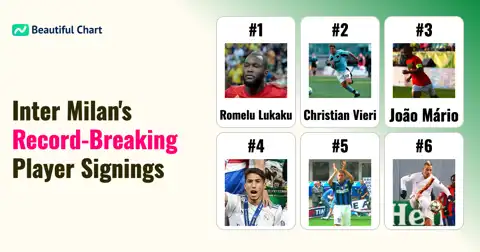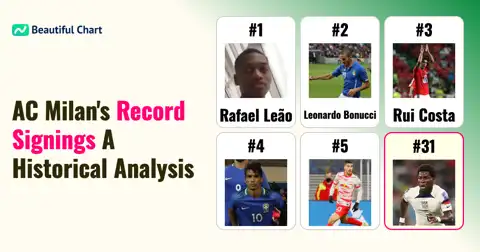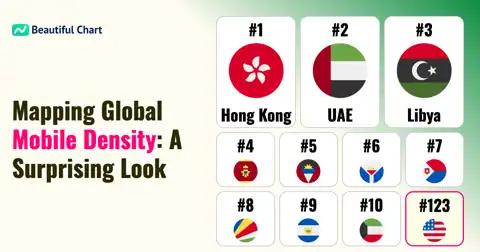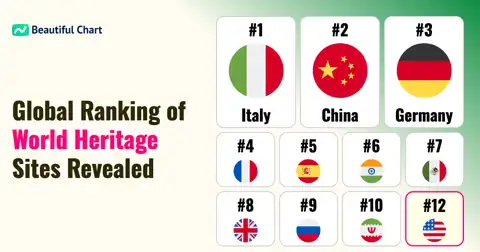The 2025 Major League Baseball salary landscape is headlined by Shohei Ohtani, who commands an unprecedented $70 million salary, setting him far apart from his peers. Following him, an elite tier of players, including Juan Soto, Zack Wheeler, Aaron Judge, and Jacob deGrom, all earn salaries at or above the $40 million mark. This distribution of wealth highlights the premium that teams place on franchise-altering talent, creating a significant financial gap between the sport's superstars and the rest of the league. The rankings reflect a clear trend of teams investing heavily in both dominant pitchers and power-hitting position players.
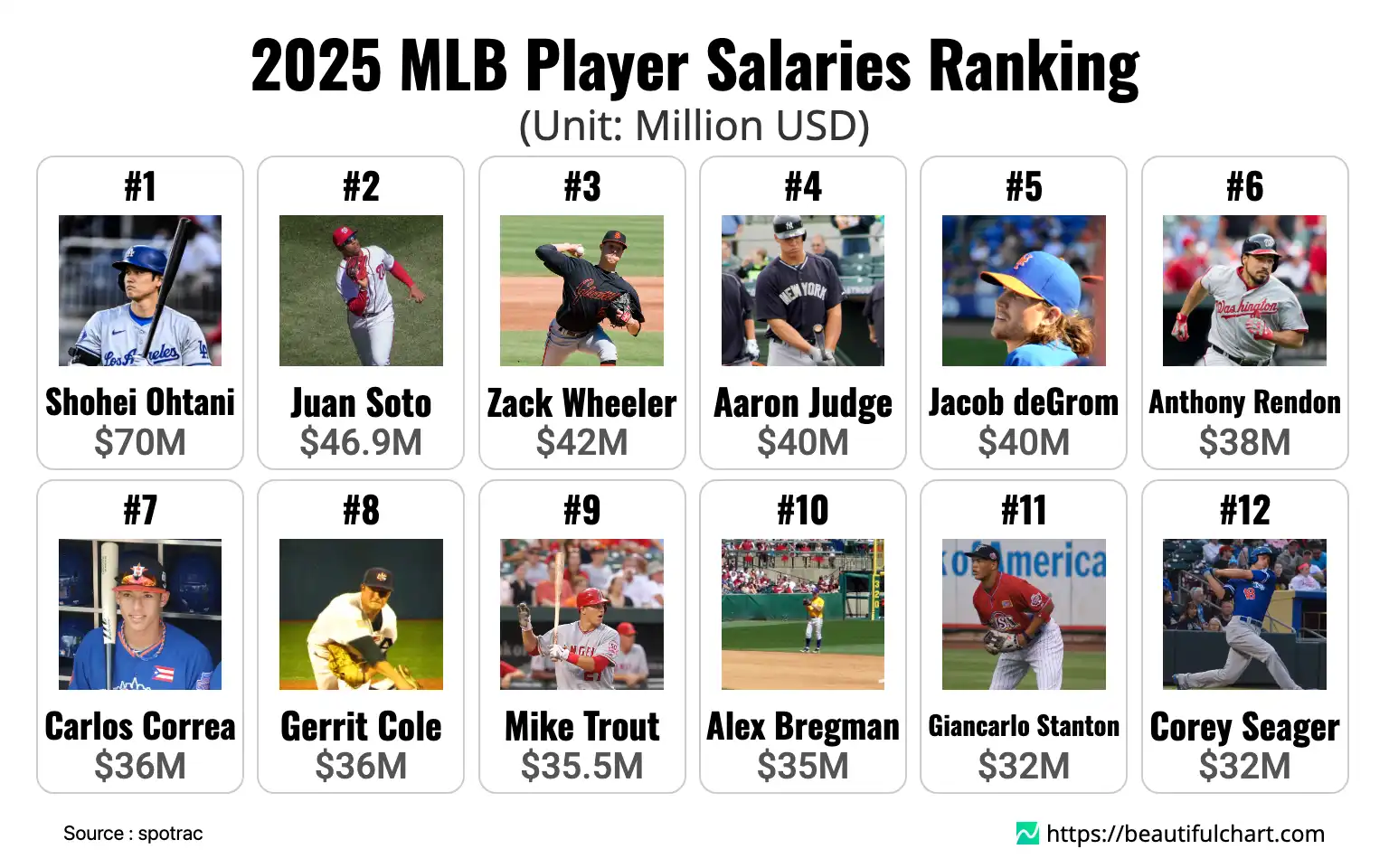
MLB Salary: Represents the agreed-upon base compensation a player receives from their team for a single season, as specified in their official contract. This amount does not typically include potential earnings from performance bonuses, signing bonuses, or outside endorsement deals. It serves as the primary metric for a player's market value within the league.
The financial structure of Major League Baseball in 2025 reveals a landscape where elite talent commands unprecedented compensation. The figures show a clear and widening gap between the league's superstars and the majority of professional players. At the forefront is Shohei Ohtani, whose annual earnings are not just a reflection of his unique two-way abilities but also a market-setting event that redefines the ceiling for player compensation in North American professional sports.
The New Financial Benchmark
The 2025 season's salary distribution is heavily skewed by a few top-tier contracts. The presence of a handful of players earning above $40 million annually, and many more in the $20-$30 million range, points to a strategy by competitive teams to lock down cornerstone players with long-term, high-value deals. These contracts are often structured to secure a player's prime years, with teams betting that their performance will translate into postseason success and increased franchise value. This level of spending by teams like the Los Angeles Dodgers, New York Yankees, and Philadelphia Phillies underscores their commitment to building rosters capable of winning a championship, leveraging their large market revenues to attract and retain top-tier free agents.
Economic Forces at Play
Several economic factors contribute to this salary structure. The league's revenue, driven by massive media rights deals, ticket sales, and merchandising, provides the financial foundation for these mega-contracts. Player salaries are also influenced by the collective bargaining agreement (CBA) between the league and the MLB Players Association, which dictates minimum salaries, luxury tax thresholds, and other financial rules. The competitive balance tax, intended to curb spending by the wealthiest teams, often acts more as a soft cap, with several high-revenue teams consistently willing to exceed it to field a winning team. The result is a system where the league's most marketable stars are compensated at historic levels, serving as assets that drive both on-field wins and off-field revenue.
Positional Value and Player Investment
An analysis of the highest-paid individuals reveals distinct trends in how teams value different positions. Elite starting pitchers and power-hitting outfielders are heavily represented at the top of the list. Starting pitchers like Zack Wheeler and Jacob deGrom command top dollar due to their ability to single-handedly influence the outcome of a game. Similarly, offensive powerhouses like Juan Soto and Aaron Judge, who consistently deliver high home run totals and on-base percentages, are rewarded for their run-producing capabilities. The valuation of two-way player Shohei Ohtani is in a category of its own, as his elite performance as both a pitcher and a designated hitter provides a level of value no other player can currently offer. This demonstrates a clear league-wide consensus on the types of players who are considered the most essential building blocks for a successful franchise.
Key Takeaways
Unprecedented Player Earnings
- Shohei Ohtani's $70 million salary establishes a new financial benchmark for players in the league.
- The top five highest-paid players all earn $40 million or more, illustrating a significant concentration of wealth at the top.
- These high salaries are primarily the result of long-term, high-value contracts awarded to elite free agents and franchise cornerstones.
The Value of Elite Talent
- Dominant starting pitchers and power-hitting position players are the most highly compensated roles in the sport.
- Teams with large market revenues are more likely to invest heavily in superstar players to pursue championships.
- The financial divide between the league's top earners and the average player continues to grow, reflecting a hyper-competitive market for top-tier talent.
Top Ranking
#1 Shohei Ohtani $70M
As a truly unique two-way player, Shohei Ohtani's $70 million salary reflects his unprecedented value as both an elite pitcher and a premier power hitter. His ability to excel in both facets of the game provides his team with the output of two superstar-level players in a single roster spot. This record-setting contract, the largest in professional sports history, is a testament to his marketability and his profound impact on the field, making him the undisputed highest-paid player in the sport and a global icon.
#2 Juan Soto $46.9M
Juan Soto's salary places him among the highest-paid position players in baseball, a reflection of his elite offensive skills. Known for his exceptional plate discipline, high on-base percentage, and consistent power, Soto is considered one of the most complete hitters in the game. At a young age, he has already established a track record of offensive dominance, and his contract represents a team's investment in a franchise cornerstone expected to anchor their lineup for years to come.
#3 Zack Wheeler $42M
Zack Wheeler's $42 million salary solidifies his status as one of the premier starting pitchers in Major League Baseball. Known for his high-velocity fastball and durable presence at the top of a starting rotation, Wheeler has consistently performed as a true ace. His contract reflects the high premium teams place on reliable, top-of-the-rotation starting pitching, which is considered essential for postseason success. His ability to pitch deep into games and maintain elite performance justifies his position among the highest earners.
#4 Aaron Judge $40M
As the captain of the New York Yankees and one of the most recognizable power hitters in the sport, Aaron Judge's $40 million salary is well-earned. His historic home run-hitting prowess, combined with strong defensive play in the outfield, makes him a complete player and the face of his franchise. This contract was a landmark deal that secured him for the long term, reflecting his immense value to the team both as a leader in the clubhouse and a consistent MVP candidate on the field.
#4 Jacob deGrom $40M
Jacob deGrom's $40 million salary is a direct result of his reputation as one of the most dominant pitchers of his generation. When healthy, his combination of triple-digit fastball velocity and devastating secondary pitches makes him virtually unhittable. Despite some injury concerns, his peak performance is so extraordinary that it commands one of the highest salaries for a pitcher in the league. This contract represents a team's high-risk, high-reward investment in a pitcher with the potential to single-handedly carry a rotation.
| Rank | Name | Indicator | Subindicator |
|---|---|---|---|
1 | $ 70M | ||
2 | $ 46M 875K | ||
3 | $ 42M | ||
4 | $ 40M | ||
4 | $ 40M | ||
6 | $ 38M | ||
7 | $ 36M | ||
7 | $ 36M | ||
9 | $ 35M 450K | ||
10 | $ 35M | ||
11 | $ 32M | ||
11 | $ 32M | ||
11 | $ 32M | ||
11 | $ 32M | ||
15 | $ 30M | ||
15 | $ 30M | ||
15 | $ 30M | ||
18 | $ 28M 500K | ||
19 | $ 27M 500K | ||
19 | $ 27M 500K |

